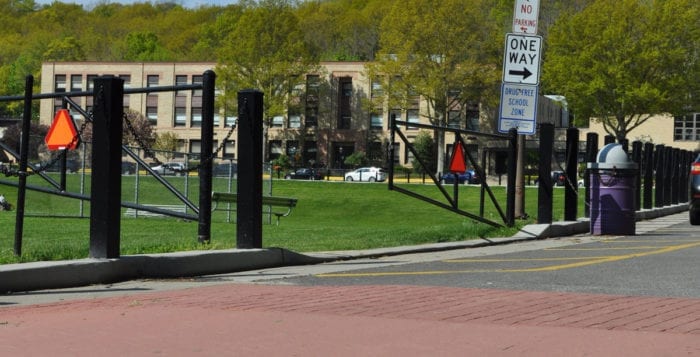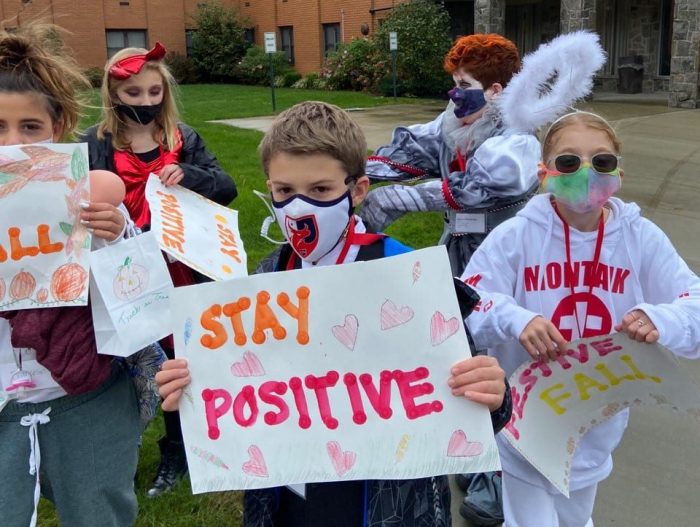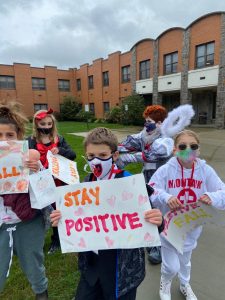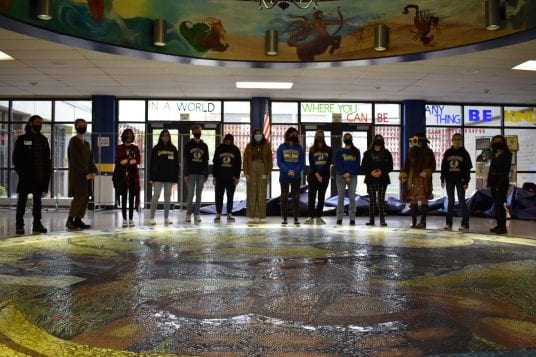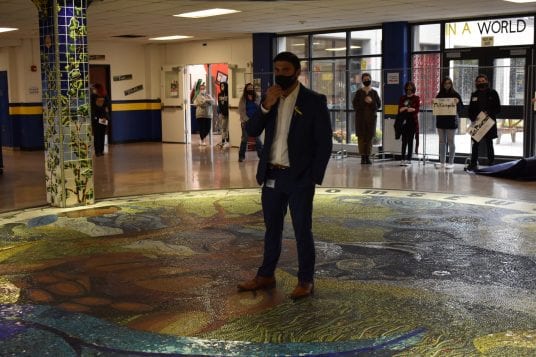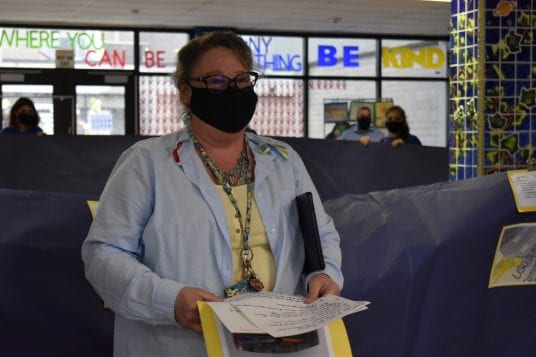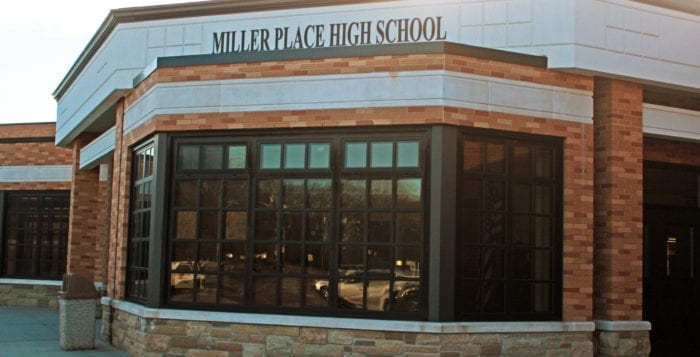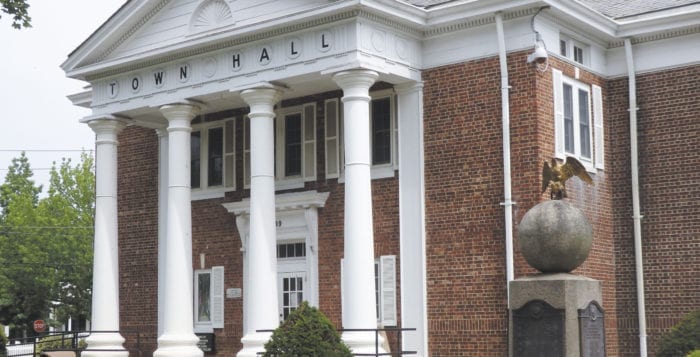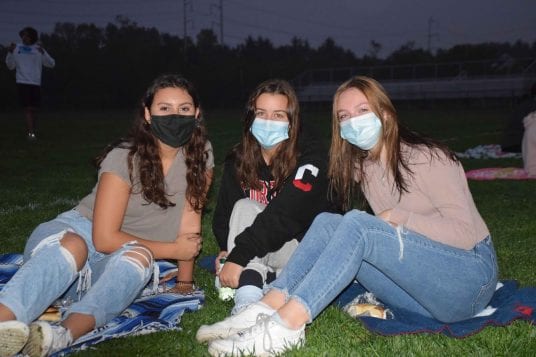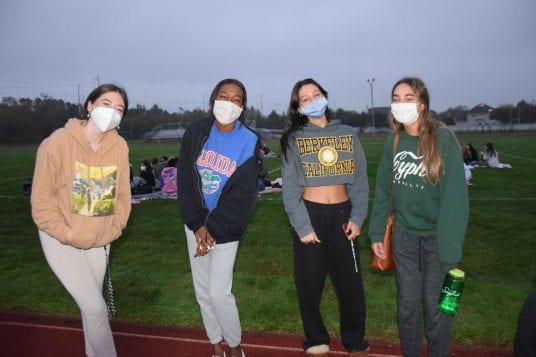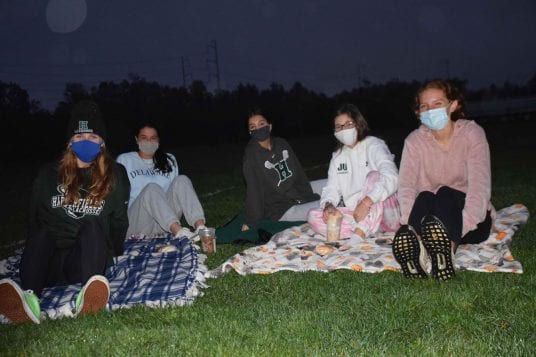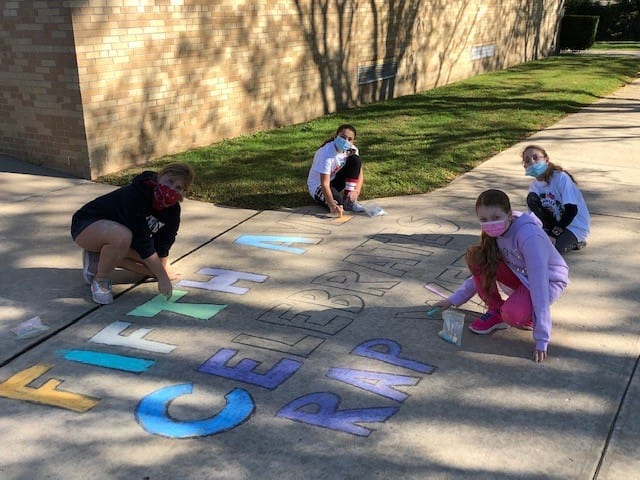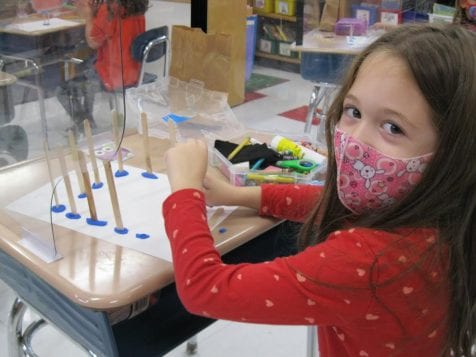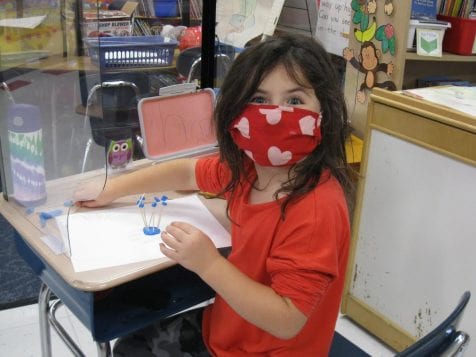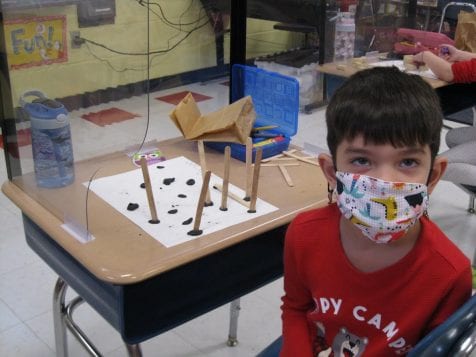State officials said the January 2021 Regents exams will be canceled due to the ongoing COVID-19 pandemic.
Announced last week, state Interim Commissioner of Education Betty A. Rosa, along with her administration, said they were canceling the exams at the start of next year. The decision will apply to all Regents exams that had been scheduled for Jan. 26 through Jan. 29.
Over the summer, the New York State Education Department canceled the June and August exams due to the COVID-19 crisis.
Roger Tilles, of Manhasset, who represents Long Island on the state’s Board of Regents, said the decision is only fair.
“A lot of schools started at different times this year,” he said. “We started teaching all-remote, sometimes hybrid, Zoom classes, some in-person. How could you have one uniform test for all students?”
According to Tilles, it is always difficult to have equity in a state uniform test.
“Even without the pandemic, it’s inequitable because some schools have better resources and can attract certain types of teachers who have specialties that other schools don’t have,” he said. “So, the kids who are in high-needs districts are getting the same tests as students in the lowest-need schools in the state and compare those students to the other.”
Since there has been disparity in the way students have learned the last eight months, the board began thinking about how to handle the state testing early on in the year. It was officially announced on Nov. 5 that the tests would be canceled.
“Throughout the pandemic, our priority has been the health and well-being of our students and educators,” Rosa said in a statement. “We determined the January Regents exams could not be safely, equitably and fairly administered across the state given where the pandemic currently stands. We will continue to monitor applicable data and make a decision on other state assessment programs as the school year progresses, being mindful of the evolving situation.”
And due to the cancellation, NYSED will propose modifications to the assessment requirements that students must meet in order to earn high school diplomas, credentials and endorsements at the upcoming December Board of Regents meeting.
Dr. Jennifer Quinn, superintendent of the Comsewogue School District, said she also believes this was the right decision.
“There are inequalities in different school districts and it wasnt creating a level playing field,” she said.
One problem Quinn said she sees in the future is because of the January cancellation, students who planned on taking the English exam will be unable to.
“A lot of our students take the English Regents in January,” she said. “If they end up giving it in June because they canceled in January, it’ll put the students at a disadvantage and will have to take it on top of their other exams.”
A representative from Three Village Central School District said the only Regents typically taken in January is the English exam, but now the students will have to take the exam in June.
“In the past, we have had a few students re-take a Regents examination in January to improve their score, but the number of students re-taking a Regents in January has been small,” the district said in a statement. “The impact is anticipated to be minimal.”
According to the statement sent out by NYSED, the modifications apply to all students who are completing a secondary-level course of study or makeup program in January and are scheduled to participate in one or more of the January 2021 Regents exams.
“To ensure students are not adversely impacted by the cancellation of the exams, the department will ask the Board of Regents to adopt emergency regulations pertaining to the assessment requirements that students must meet in order to earn diplomas, credentials and endorsements,” the statement said. “Under the proposed emergency regulations, students who are planning to take one or more Regents examinations during the January 2021 examination period at the conclusion of a course of study or makeup program shall be exempt from the requirements pertaining to passing such Regents examination to be issued a diploma.”
Other local districts said that due to the population size within their districts, the cancellation of the exam would not impact them. Port Jefferson, Miller Place and Rocky Point school representatives all said the decision does not affect their districts.
“There is little impact on our students in Port Jefferson, as we have very few students who take Regents exams in January during a non-COVID year,” Christine Austen, assistant superintendent of curriculum and instruction at Port Jefferson School District, said. “Any student who was enrolled in a Regents-level course last year was exempted from taking the assessment and received Regents credit towards graduation as long as they passed the course for the year. Due to the low number of students who usually take the January Regents exams, it isn’t a concern at this time.”
No decisions have been made yet by the Board of Regents regarding the June and August 2021 exams or any other state assessment programs.
This article has been amended to better clarify the Three Village School District’s statement on the Regents cancellation.


